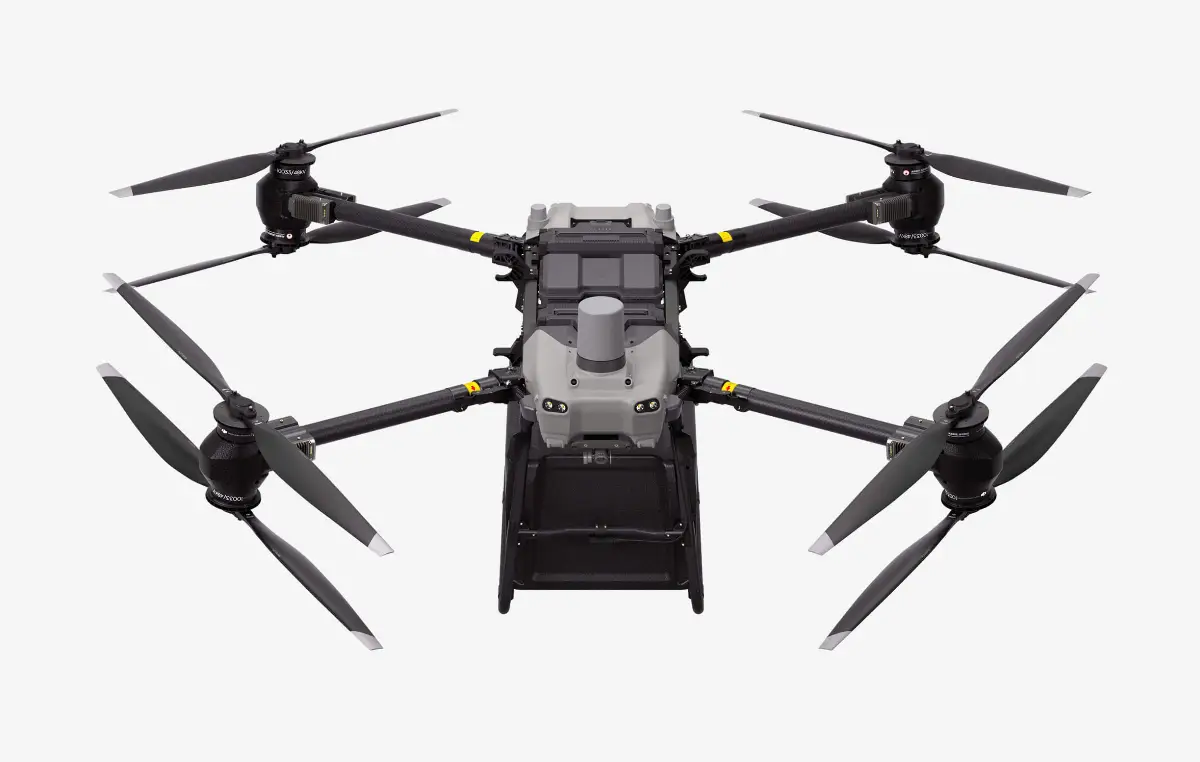
Everest cleared of waste with the help by drone aircraft
Pilot project on the world's highest mountain, and next month it's Mount Manaslu

Specialized drone aircraft have transported tonnes of waste and vital equipment, ensuring greater efficiency and safety for mountaineers and guides
The world’s highest mountain is facing a crucial conservation challenge thanks to an innovative technological solution. During the Spring climbing season, which ended last June, a team of specialists used heavy-lift drones to remove hundreds of kilograms of waste from Everest, reducing environmental impact and risks for expeditions. The operation marks a turning point in the fight against the pollution that has earned the majestic peak the nickname “the world’s highest dumpster”.
The project, developed by the Nepali company Airlift Technology, employed two DJI FlyCart 30 drones to transport 300 kilograms of trash from Camp 1, at 6065 meters of altitude. The initiative is not the first of its kind: the success follows a pilot operation on nearby Mount Ama Dablam, where the drones managed to remove more than 640 kilograms of waste. The powerful remotely piloted aircraft supplied by Chinese manufacturer DJI have proven to be a revolutionary solution for high-altitude cleanup. “Until now, the options available were helicopters and manpower", explained Raj Bikram Maharjan, head of Airlift Technology, adding that drones offer a viable, more efficient and cost-effective alternative.
The positive impact of the initiative is not limited to waste removal. In addition to transporting oxygen cylinders and essential climbing gear such as ladders and ropes, the drones have also reduced the number of dangerous trips along the Khumbu Icefall, one of Everest’s deadliest sections. This application, as confirmed by Tshering Sherpa of the Pollution Control Committee, has significantly improved the safety of guides and porters. Mountaineer Nima Rinji Sherpa, holder of several records, highlighted how the technology allows preparation teams to move more nimbly and safely. “It saves an incredible amount of time and energy", he said.
Thanks to the success of the mission, the technology will be applied on other Nepali peaks. The company has already announced that next month it will take the drones to Mount Manaslu, the eighth-highest peak in the world, confirming the technology’s potential not only for military and civilian uses, but for tangible humanitarian and environmental impact.
From a technical standpoint, the DJI FlyCart 30 stands out for its advanced flight capabilities in extreme environments. Designed to operate up to 6000 meters in altitude, the drone is, according to the manufacturer, capable of withstanding temperatures between -20°C and +45°C and winds up to 12 m/s. With a dual-battery configuration, it can carry a maximum payload of 30 kilograms for a distance of 16 km, or a slightly lower payload for longer distances. Its flight endurance at full payload is about 18 minutes, which, combined with advanced safety systems such as dual radar and an integrated parachute, makes it a reliable tool for complex and risky missions like those on the slopes of Everest.
The success of the operation on the “roof of the world” shows that, in specific environmental conditions and under the supervision of experienced operators, the drone is capable of operating at slightly higher altitudes, such as the 6065 meters of Camp 1. This type of high-altitude use, which goes beyond the standard limits guaranteed by the manufacturer, proves the aircraft’s adaptability to extreme missions in which optimal performance can be compromised by atmospheric conditions and lower air density.
AVIONEWS - World Aeronautical Press Agency